For testing purposes I wanted to create an mp3 file with pure sin-waves so I can check that my FFT is working properly. The following code creates this array of 1 and 0,5 seconds of sinewaves:
sample_rate = 1 / 48000
x = np.linspace(0, 1, 48_000)
y0 = np.sin(440 * 2 * np.pi * x)
y1 = np.sin(440 * 2 * np.pi * x) + np.sin(1337 * 2 * np.pi * x)
y2 = np.sin(880 * 2 * np.pi * x[:len(x)//2])
y3 = np.sin(3200 * 2 * np.pi * x[:len(x)//2])
y4 = np.sin(200 * 2 * np.pi * x[:len(x)//2])
y5 = np.sin(20 * 2 * np.pi * x[:len(x)//2])
y = np.concatenate([y0,y1,y2,y3,y4,y5])
Now when I run FFT on this signal I correctly see 1 second of 440Hz, 1 second of 440Hz + 1337Hz and so on.
Now I store the array as mp3 using pydub and load it back using the following code:
sound = pydub.AudioSegment(
# raw audio data (bytes)
data=y.astype(np.float16).tobytes(),
# 2 byte (16 bit) samples
sample_width=2,
frame_rate=48_000,
channels=1
)
sound.export("test.mp3", format="mp3", bitrate="192k",)
a = pydub.AudioSegment.from_mp3("test.mp3")
y = np.array(a.get_array_of_samples())
When I run the same FFT as above on the new signal y, I get a lot of overtones in my FFT
Why is there such a big difference between the two?

